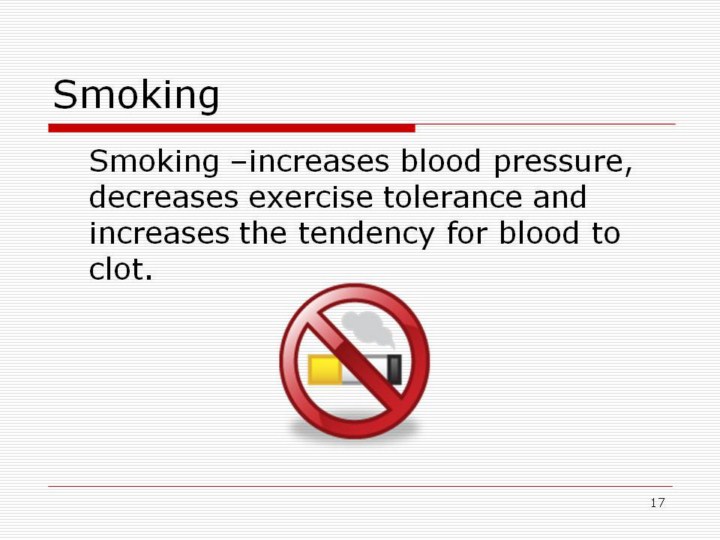Search for most updated materials ↑
| front |1 |2 |3 |4 |5 |6 |7 |8 |9 |10 |11 |12 |13 |14 |15 |16 |17 |18 |19 |20 |21 |22 |23 |24 |25 |26 |27 |28 |29 |30 |31 |32 |33 |34 |35 |36 |37 |38 |39 |40 |41 |42 |43 |44 |45 |46 |47 |48 |49 |50 |51 |52 |53 |54 |55|56 |57 |58 |59 |60 |61 |62 |63 |review |
 |
Smoking is the single most preventable cause of death in the United States. Smoking is a major cause of cardiovascular heart disease among women. As mentioned earlier, nicotine can cause the injury to blood vessels that allows plaque to collect and causes increased blood pressure. Women who smoke have an increased risk for ischemic stroke and subarachnoid hemorrhage. Constant exposure to others' tobacco smoke (secondhand smoke) at work or at home also increases the risk, even for nonsmokers. Women smokers who use hormonal contraceptives have a higher risk of heart attack and stroke than nonsmokers who use them. |